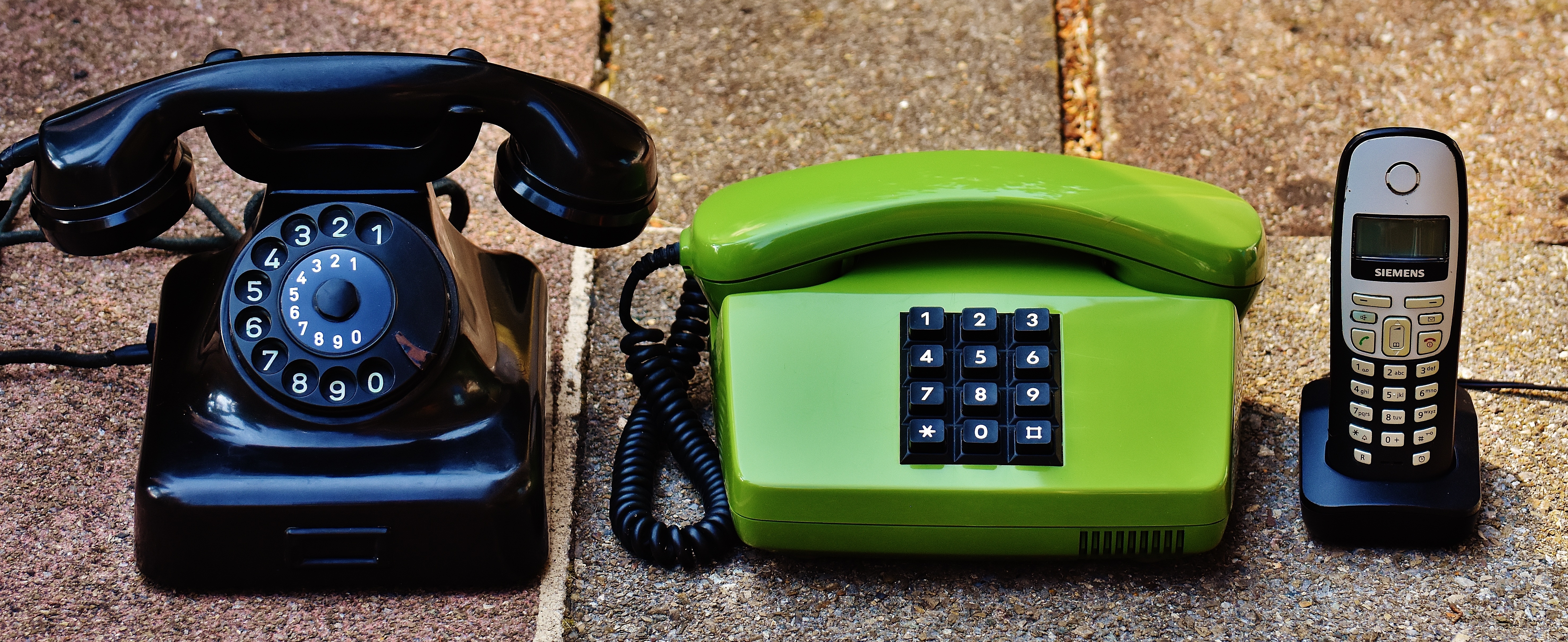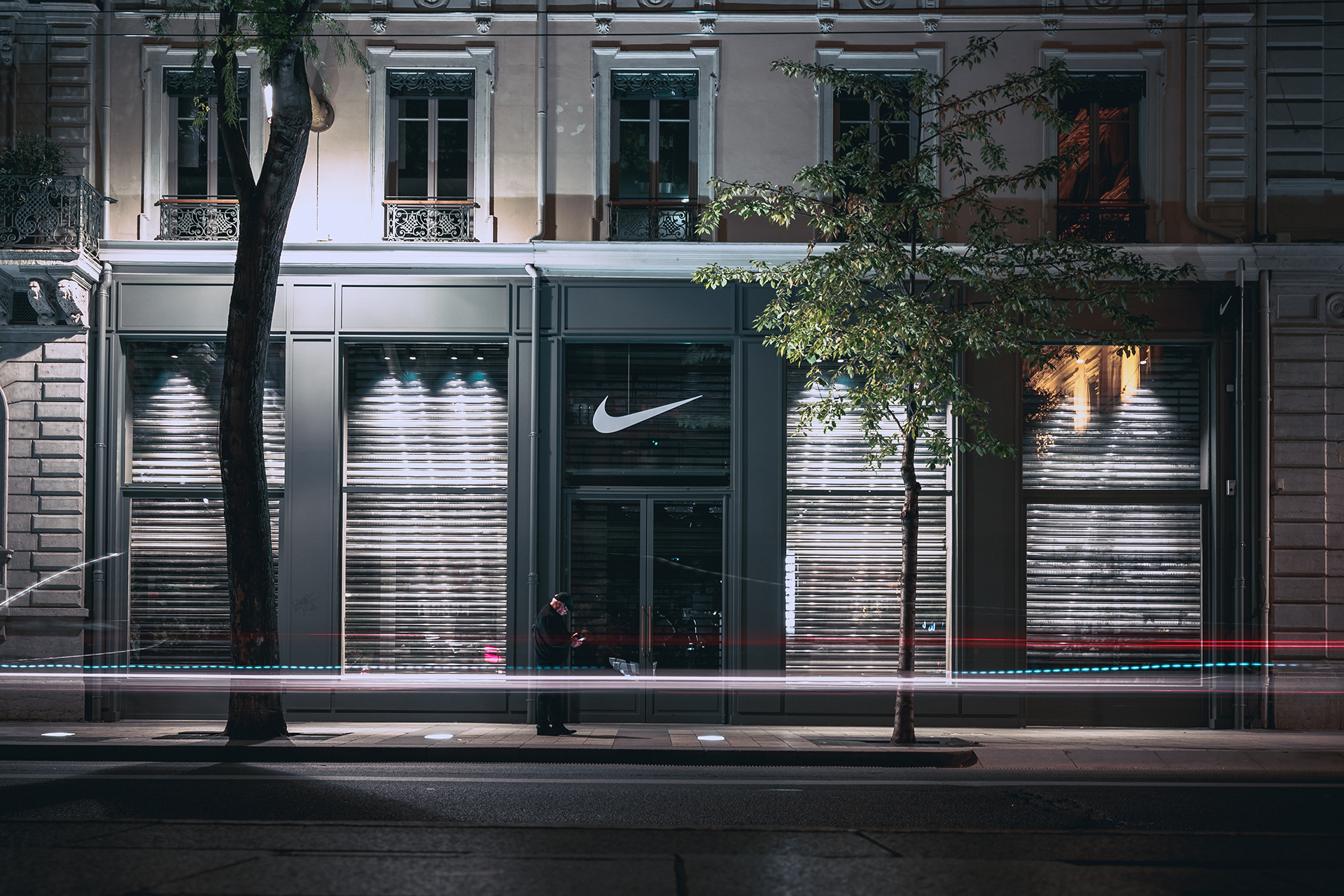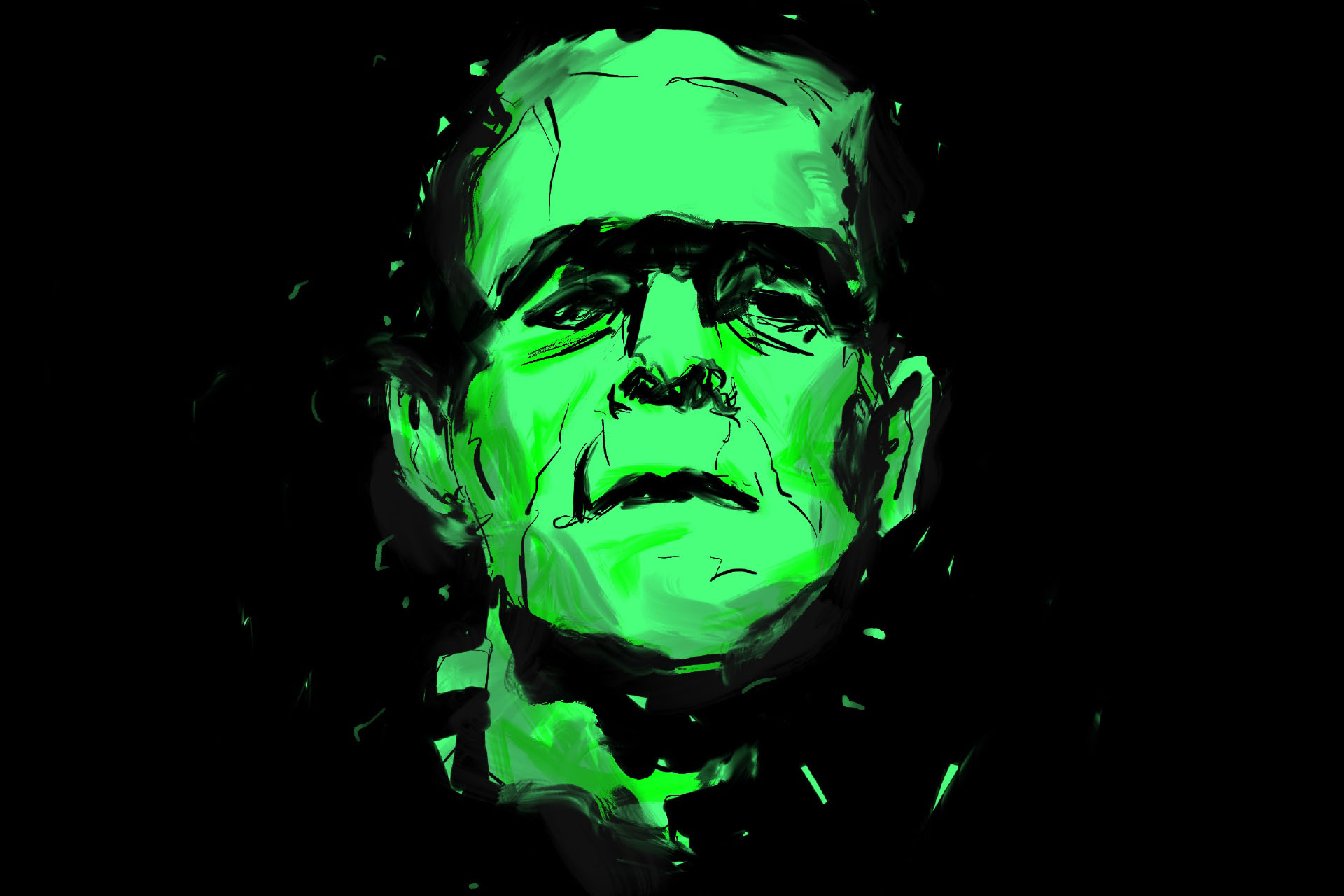Mental Models: Mind the Gaps
10 min read
I was 17 when my parents gave me my first Nokia 5110. Following my car, this was the next right of passage towards “coolness.” When I snatched it out of their hands, they could barely hear the, “Thanks!” as I turned to make my first call. That’s right. I said call—not text—and I couldn’t talk to Siri, and there was certainly no Snapchat. In 2001, this device didn’t require any additional help. It worked just like the phone my parents had hanging up on the wall, except it had Snake (who didn’t love Snake?).

Before receiving my Nokia, a standard cordless phone was a simple hardware device with a 10-digit number pad, call and end buttons, and a few other options. It was a communication device that allowed me to chat with family in different states or give reassurance my friends were home before I walked down the street. Every residence and business was built with phone line jacks in main living or office areas. With 11 button pushes, I could connect with anyone. My mental model for how a cordless landline phone worked mapped perfectly to my new (mobile) device.
Today, most people’s (specifically younger generations) models are much different. Voice calling is one tool (an app) within a diverse sea of software on a device connected to the world. We still describe this device as a phone, but we use it like a personal computing device.
Note, I do not have a PhD in psychology. Most of what I’m discussing is from the hard work and studies of scholars, researchers, and industry experts. I’m simply framing those high level discoveries in the context of product and service design.
Mental Models are internal representations of something we experience in the real world.
Mental Models (which I use interchangeably with user model in this article) are internal representations of something we experience in the real world. We construct these models to help retain new information and sensory input. We recall hundreds and thousands of these models daily to better understand our current environment, and to quickly analyze and problem solve within a given context. Applying this embedded knowledge is generally referred to as top-down processing (starting with embedded knowledge), and it works in part with bottom-up processing (which starts with your senses, but something I won’t get into). It’s important to remember that mental models are unique to us, and although they may be similar to other people’s models, they are based on our own perception of the world.
“A mental model is based on belief, not facts: that is, it’s a model of what users know (or think they know) about a system such as your website.”
In an increasingly distracted life, we need to rely on strong internal models more than ever to comprehend fragmented sensory data—to make sense of the world. Because our processing is done subconsciously and almost instantaneously after receiving new information from our senses, it makes it nearly impossible to block or un-sense what’s happening around you. It’s why we struggle to multi-task like listening to music (especially with lyrics) while writing a paper, reading tweets while listening to your friends struggling relationship, or remembering which step of the recipe you need to do next while your kids run through the kitchen. Designers need to understand the context in which people are trying to interact with their product, and the models they’re using to understand it.
Why are mental models important to business?
It goes without saying that most businesses realize success through customer growth and loyalty. Designing our products and services to match the models users have in their head—or making our product so clear they can easily generate an accurate model of how it works—directly impacts both growth and long-term loyalty.
Designing products to match user models directly impacts growth and long-term loyalty.
People need to reason, problem solve, and make decisions when interacting with your product or service. We perform those three cognitive processes (both consciously and subconsciously) by first comparing new sensations, environments, interactions, and products to past experiences. Using those past experiences, we’re able to categorize something that’s new, and start making assumptions about how it works, feels, tastes, and so on—right or wrong. Our brain recalls the closest stored mental model to this new experience. Each time we find a gap, we reach further for another model. In many cases, we discover how to use or experience something by stringing multiple models together—starting with something foundational like how to turn on a digital device, down to how you bookmark a recipe.
For example, make-believe company G+G Social introduces a new app that allows grandchildren to stay more connected with their grandparents. When each of these personas is shown the product for the first time, they’ll start leaning on previously constructed models for how this app works. The grandchild will very quickly run through their social media models of Facebook, Snapchat, Twitter, SMS, email, Whatsapp, and more, while the grandparent may only be able to recall email. The 18-year old tech-savvy grandchild may only need to sift through one or two small models to make the appropriate assumptions about functionality, whereas the grandparent may have to dive deeper, and first understand how the device even works. The less-experienced generation may have questions like:
- How does this app already have my information? (When they signed in using Google…)
- Who can see conversations and photos?
- Where are my photos stored on my phone? (When they are actually in the cloud.)
I used the fake example above because I thought most of us could relate. We’ve all had, or heard of, a grandparent who’s tried Googling in their Facebook search bar or tried to start a direct message in their general post feed. Those moments reveal how they miss the differences in product layouts and branding, but more importantly, how they interpret the digital world.
To change, or not to change?
Mental models are fluid. They continue to evolve through life experiences—building on everything from the use of seemingly insignificant social media binges, to career changes, to starting a family. Here are a couple things we know about mental models:
- They are rarely an accurate version of reality, but that gap can close over time.
- They are commonly stored as if-that-then-this statements.
Now, the fundamental question we as experience designers always ask ourselves: Do we use our own design model, or the user’s mental model?
Hands fly up, “Pick me, pick me! It’s human-centered design, so the answer is their mental model.”
“When a new product is introduced on the market, if it is designed in such a way that allows people to relate it to the way we use another product, it has a greater chance of being accepted.”
True, that’s where we should start. If you design products that easily map to a familiar user model, you have a much higher chance of adoption. Unfortunately, it’s not always that easy. Here are a couple reasons you may need to avoid user models, and help them reshape their perception:
1. Research unveils many conflicting or wrong mental models.
When conducting research, you may uncover differing mental models (sometimes conflicting), with no clear winner. This is especially true when it comes to complex systems. The insurance and healthcare industries are prime examples in which user models could vary greatly from reality. That tends to be the case when regulation drives product and service design. Those challenges can sometimes be solved by narrowing your target personas. Naturally, this will reduce the amount of user models models—but not every situation can afford that luxury. In industries where your customer base is wide, and the industry complex, education must be a crucial part of your customer experience at all levels of the business.
2. Today’s mental model traps product development and growth.
The model matches today, but can create barriers or hinder product growth. These things happen when a user’s model is dated, or technology is growing at a pace that will quickly antiquate their current mental model. Going forward, that latter statement will forever be a challenge. For example, many had to adjust their understanding of hard drives, folders and files (a model we’ve been using since the early 80’s), in order to successfully use cloud services, sharing versus sending, autosave, and live collaboration within files and applications.
In most cases, mapping your product or service to match the common model between your customers is the correct first step for delivering the right solution for today. However, the above situations may require a deviation from the way your customers currently think about your company offering.
Transitioning—using mental models to innovate.
Everyone wants to be an innovator, but what is innovation?
 Everyone wants to be an innovator, but what is innovation? Sometimes it’s coming up with a brand new technology, but often times it comes in the form of Uber—a blended product of multiple system, business, and user models that already existed. There has always been a need for supplementary income and better public transportation infrastructure; couple that with payment disintermediation, GPS tracking, mapping, and SMS—voila! Uber! These were just some of the driving (pun intended) factors of their success, and all of those listed features and services could provide value on their own. However, the greater value came from the connection between them all. How many times have you heard “It’s like Uber, but for flowers?” (This is something Uber has actually experimented with…) Now that people understand the success in Travis Kalanick’s model connections, they’re trying to add in their own variable to it.
Everyone wants to be an innovator, but what is innovation? Sometimes it’s coming up with a brand new technology, but often times it comes in the form of Uber—a blended product of multiple system, business, and user models that already existed. There has always been a need for supplementary income and better public transportation infrastructure; couple that with payment disintermediation, GPS tracking, mapping, and SMS—voila! Uber! These were just some of the driving (pun intended) factors of their success, and all of those listed features and services could provide value on their own. However, the greater value came from the connection between them all. How many times have you heard “It’s like Uber, but for flowers?” (This is something Uber has actually experimented with…) Now that people understand the success in Travis Kalanick’s model connections, they’re trying to add in their own variable to it.
“Creativity is just connecting things. When you ask creative people how they did something, they feel a little guilty because they didn’t really do it, they just saw something.”
More commonly, innovation happens this way—by connecting two or more existing dots—finding something between seemingly stand-alone models. As previously discussed, our knowledge is a web of models we’ve developed through experiences over the course of life. When we can start to draw on commonalities between models, or better yet, notice a gap where a need exists—that is where most innovation blossoms.
“If you think of it in terms of the Gold Rush, then you'd be pretty depressed right now because the last nugget of gold would be gone. But the good thing is, with innovation, there isn't a last nugget. Every new thing creates two new questions and two new opportunities.”
It takes great conversations.
To understand customer mental models will require real conversations and active listening. Surveys and questionnaires won’t get you all the way there. Because each customer has unique life experiences, you need to dig deep to understand the influencers they’ve built their reasoning and problem solving foundation on. Once you’ve listened to enough stories, you’ll be better prepared to design a product or service that makes sense to them—or better yet, identify their next need before someone else does.





